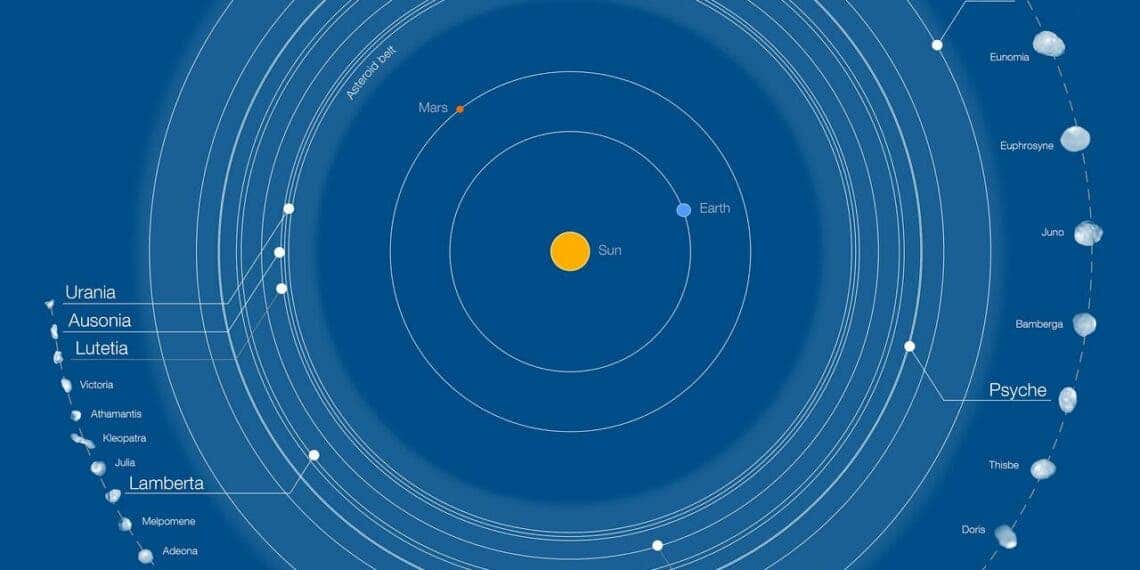Asteroids are rocky remnants from the early days of the solar system. Too small to be a planet, some of them still reach impressive sizes. Out of the over 1 million asteroids researchers have mapped out, a few dozen are over 100 kilometers in size, with the largest known asteroid, Ceres, being 940 km (580 mi) in diameter — so large it’s considered a dwarf planet.
Using the European Southern Observatory’s Very Large Telescope (ESO’s VLT) in Chile, astronomers have imaged 42 of these largest asteroids, showcasing their unique details.

For many of the asteroids imaged here, it’s the first time they’ve imaged in such detail. Previously, the small number of observations meant we didn’t really know their shape or density.
“Only three large main belt asteroids, Ceres, Vesta, and Lutetia, have been imaged with a high level of detail so far, as they were visited by the space missions Dawn and Rosetta of NASA and the European Space Agency, respectively,” said lead author of the study, Pierre Vernazza of the Laboratoire d’Astrophysique de Marseille in France, in a statement. “Our ESO observations have provided sharp images for many more targets, 42 in total.”
Thanks to the work of Vernazza and colleagues who used ground-based telescopes, we can now see them in more detail than ever before.

Roughly speaking, the asteroids can be split into two categories: some are round (like Ceres), while others are more elongated — most notably, the “dog-bone” asteroid Kleopatra.
By analyzing the shapes and densities of the asteroids, researchers found that there’s quite the variety among these asteroids. For instance, the density of some (like Lamberta and Sylvia) is around 1.3 grams per cubic centimeter — comparable to that of coal. The densest ones (Psyche and Kalliope) have a density of 3.9 and 4.4 grams per cubic centimeter respectively — higher than the density of diamond.

The large variety in density suggests that the asteroids’ composition varies significantly, and if this is the case, it indicates that they also formed differently. In particular, it would suggest that the asteroids (which currently lie between Mars and Jupiter, in the so-called asteroid belt), may have formed in a very different place, beyond Neptune, and migrated to their current location.
“Our observations provide strong support for substantial migration of these bodies since their formation. In short, such tremendous variety in their composition can only be understood if the bodies originated across distinct regions in the Solar System,” explains Josef Hanuš of the Charles University, Prague, Czech Republic, one of the authors of the study.
The study was published in Astronomy and Astrophysics.

